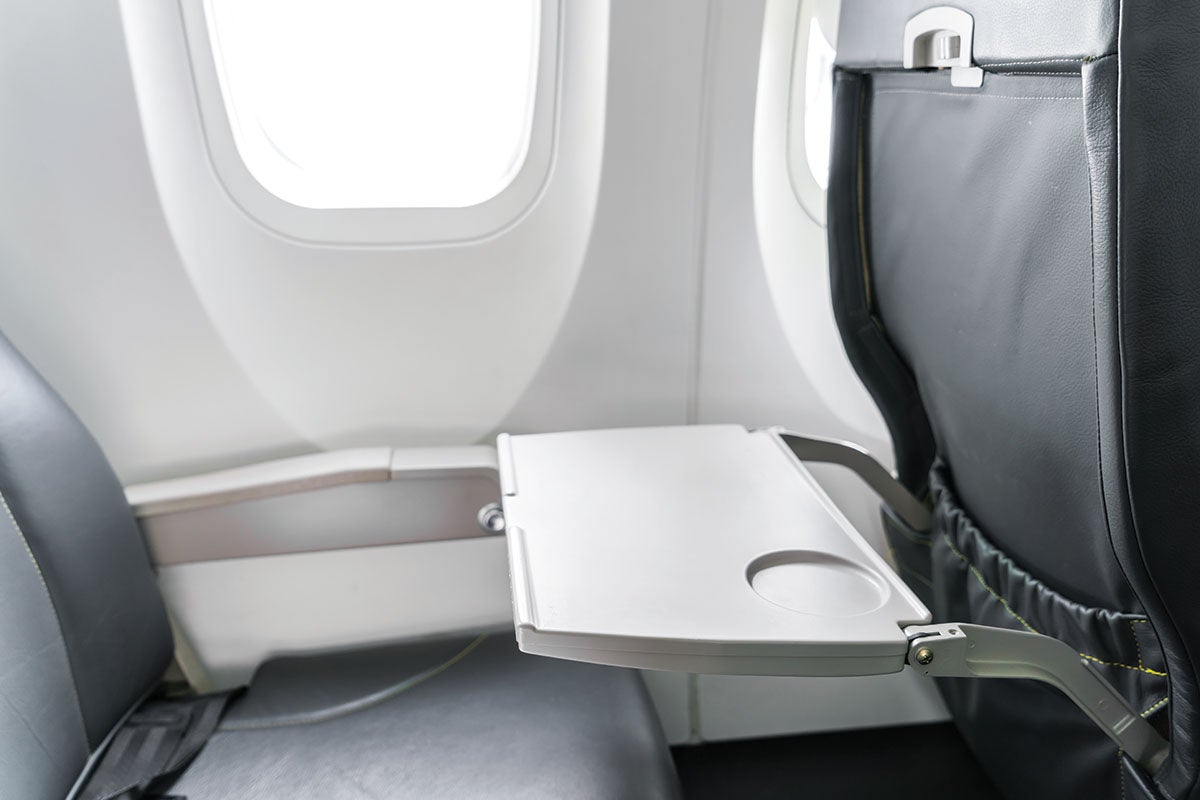Tech Tips
Flammability Testing for Aircraft and Motor Vehicles

The use of flame-retardant components in motor vehicles and airplanes has been common practice for decades, with the goal of reducing deaths in emergency situations involving fire. If components burn slowly and self-extinguish when no longer in contact with flames, the chance of occupant survival rises significantly.
When it comes to flame retardancy in the consumer transportation industry, the regulations are very specific depending on the end use of the component being tested. Overall, there are two federal standards. They are centered around passenger compartments of motor vehicles (the Federal Motor Vehicle Safety Standard (FMVSS) and the interior compartments of aircraft occupied by crew or passengers (the Federal Aviation Administration (FAA).
The FAA standard (FAR 25.853) is further divided into two categories of components in passenger compartment areas. They specify acceptable burn length, flame time after removal of the burn source, and flame time of drippings from the test specimen. The test involves holding the component at a specific distance vertically above a Bunsen or Tirrill burner with a flame of a specific size for a specified amount of time. The flammability guidelines for applications listed in (a) below are more stringent than for those listed in (b).
a) Interior ceiling panels, interior wall panels, partitions, galley structure, larger cabinet walls, structural flooring, and materials used in the construction of stowage compartments (other than underseat stowage compartments and compartments for stowing small items such as magazines and maps).
Test Specifications:
- average burn length not to exceed 6 inches
- average flame time not to exceed 15 seconds
- average flame time of drippings not to exceed 3 seconds
b) Floor covering, textiles (including draperies and upholstery), seat cushions, padding, decorative and non-decorative coated fabrics, leather, trays and galley furnishings, electrical conduit, air ducting, joint and edge covering, liners of Class B and E cargo or baggage compartments, floor panels of Class B, C, E, or F cargo or trim strips (decorative and chafing).
Test Specifications:
- average burn length not to exceed 8 inches
- average flame time not to exceed 15 seconds
- average flame time of drippings not to exceed 5 seconds
The Federal Motor Vehicle Safety Standard (FMVSS 302) provides for a similar test but it reports results in the form of a burn rate, which is a calculation of burn length in millimeters divided by burn time in seconds multiplied by 60. The burn protocol under FMVSS is exposure to flame for 15 seconds, and the burn rate must be less than 100 mm/min for a product to pass. Applications provided for under this regulation are seat cushions, seatbelts, headlining, convertible tops, armrests, trim panels, compartment shelves, head restraints, floor coverings, sun visors, shades, wheel housing covers, and engine compartment covers.
Certified Testing Agencies
When sourcing products to meet requirements for automotive and aerospace applications, it is important to understand whether they have already been tested against the requirements of FAR 25.853 and FMVSS 302. Such testing must be conducted by a certified agency. They have the proper test equipment and procedures to approve products in accordance with these standards.